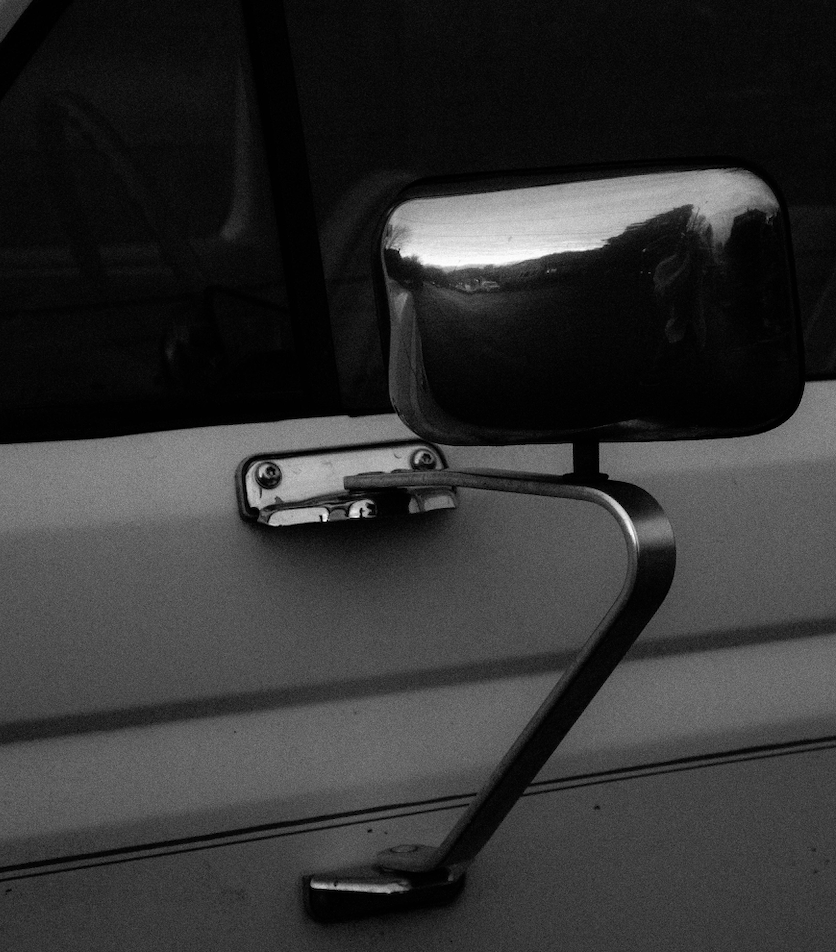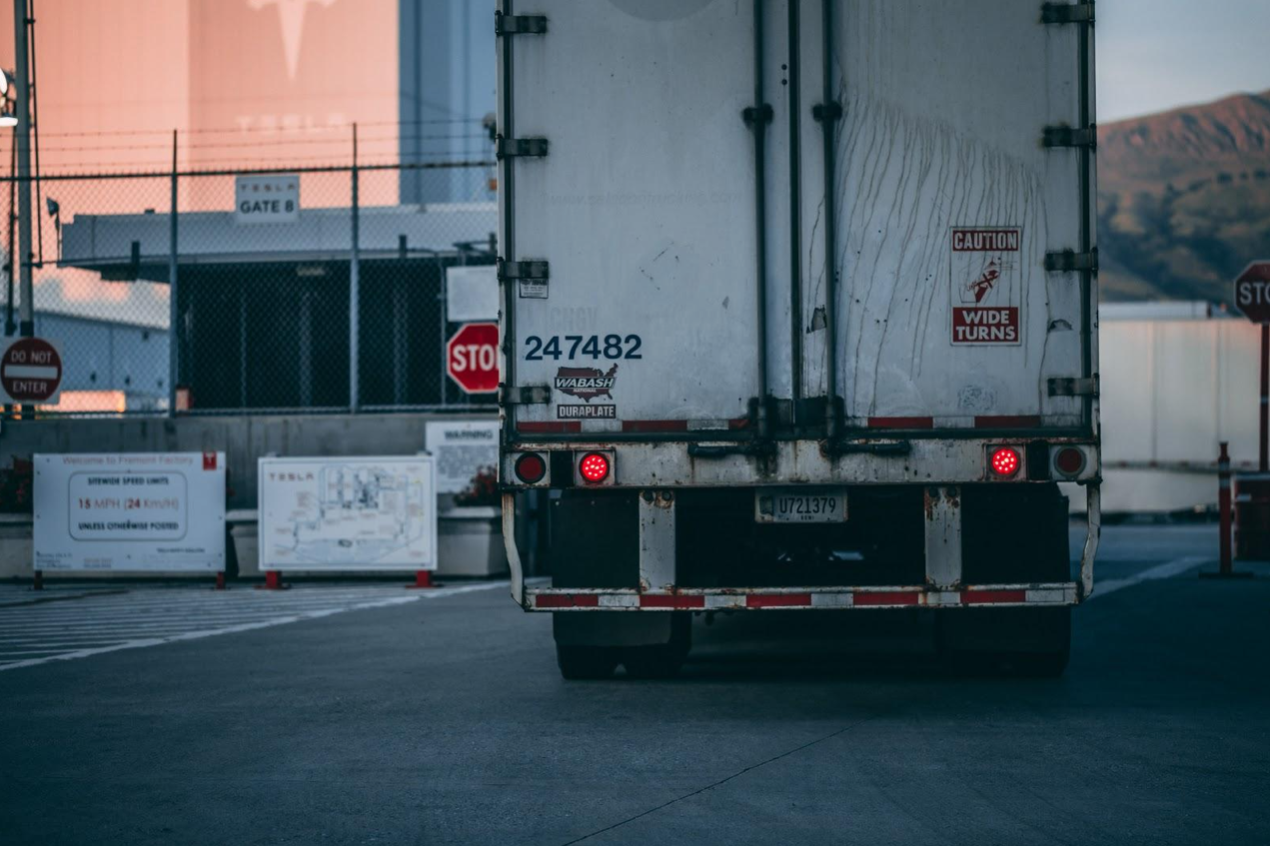In newer vehicles, backup cameras and electronic sensors improve visibility further by reducing the size of any potential blind spots.
Large commercial trucks have enormous blind spots. While commercial truck drivers are trained to watch for vehicles that may be in their blind spots, they aren’t always as cautious as they should be. Complicating the problem is the fact that other motorists may be unaware or less mindful of the truck’s No Zones — the areas that should be avoided at all costs.
According to the most current statistics from the Florida Department of Highway Safety and Motor Vehicles, 40,567 Florida truck accidents resulted in 33 fatalities and as many as 2,200 injuries in a single year alone. In many cases, these devastating collisions occur because drivers fail to pay appropriate attention to a truck’s blind spots.
If you were injured in a Tampa blind spot truck accident, you may be entitled to compensation for your losses. Contact a truck accident attorney at Brooks Law Group today to learn more in a free consultation.
What are Blind Spots?
In most vehicles, rear and side-view mirrors are standard equipment that keep drivers safer by minimizing the number and size of their blind spots. In newer vehicles, backup cameras and electronic sensors improve visibility further by reducing the size of any potential blind spots.

While large commercial trucks have much of the same equipment as smaller passenger vehicles, mirrors and sensors tend to be less effective in minimizing a truck’s blind spots. This is because a truck’s blind spots are significantly larger than the blind spots of an average passenger car.
In addition, the massive size of a large truck makes it impossible for drivers to see all areas of the road surrounding their cabs. Some trucks lack rearview mirrors or enhanced technology to help increase their ranges of visibility. It’s no surprise that these rigs are particularly vulnerable to being involved in blind spot truck accidents.
Some 18-wheelers are equipped with extended side-view mirrors, exterior cameras, and blind spot sensors that reduce the impact of a truck’s blind spots. However, depending on the size, shape, and safety features of a given truck, its blind spots may extend along the entire length of the truck and span one or more lanes of adjacent traffic.
We encourage our readers to visit this page for informative interactive graphics that show just how blind spots affect everyone.


Join the conversation!